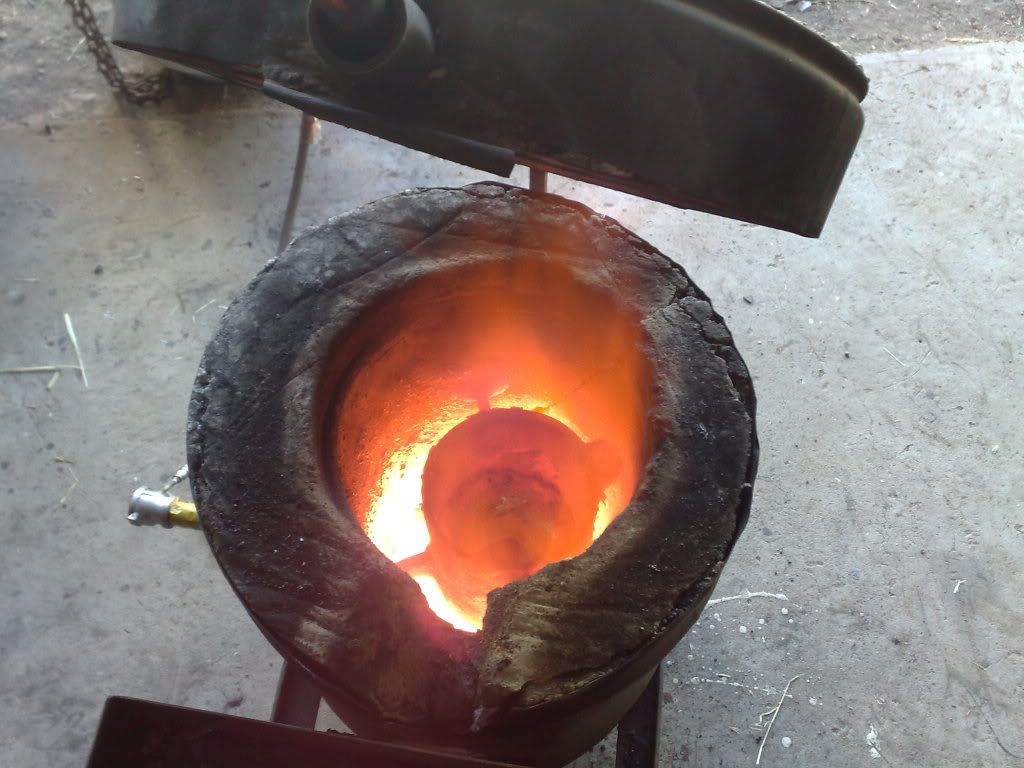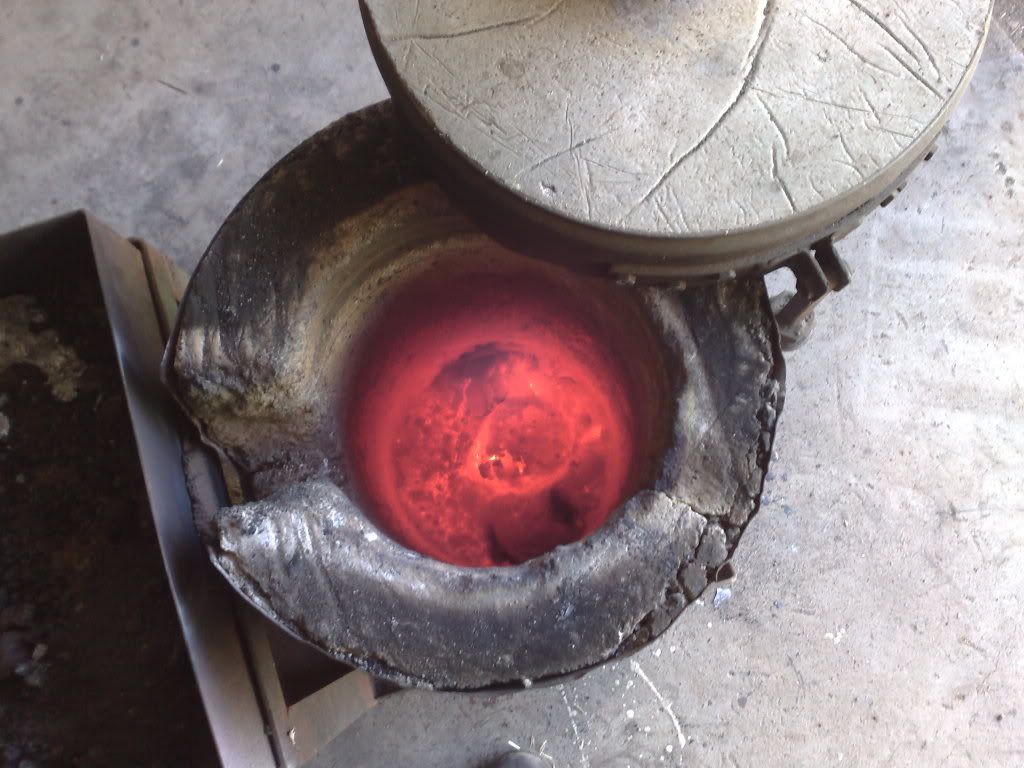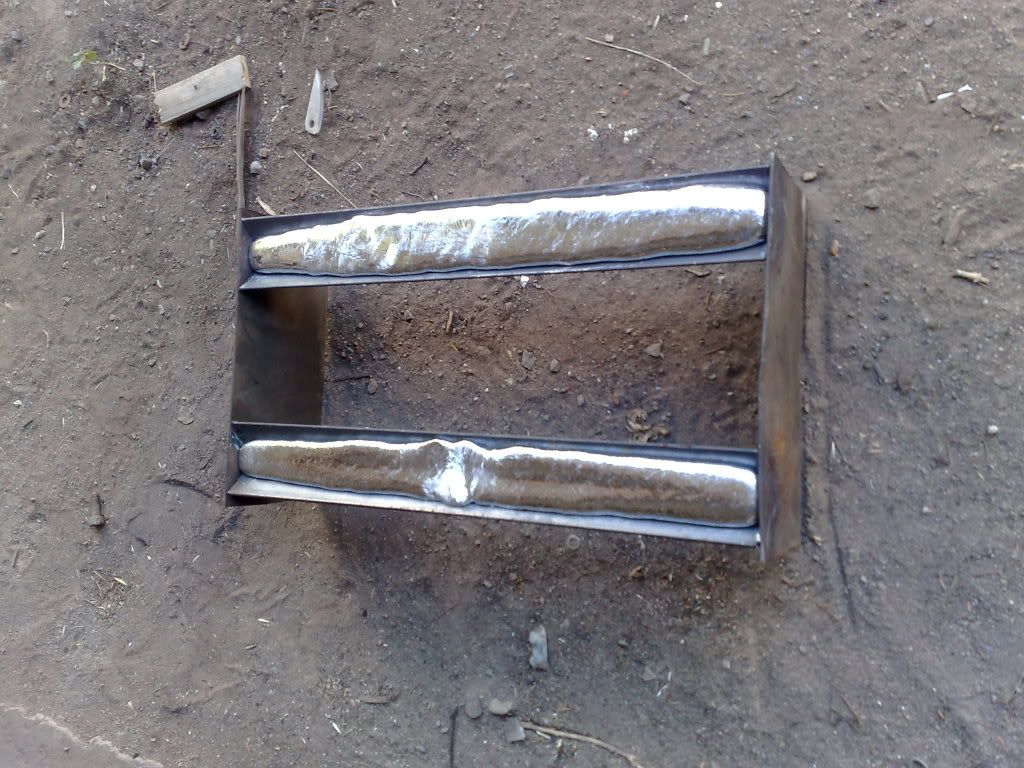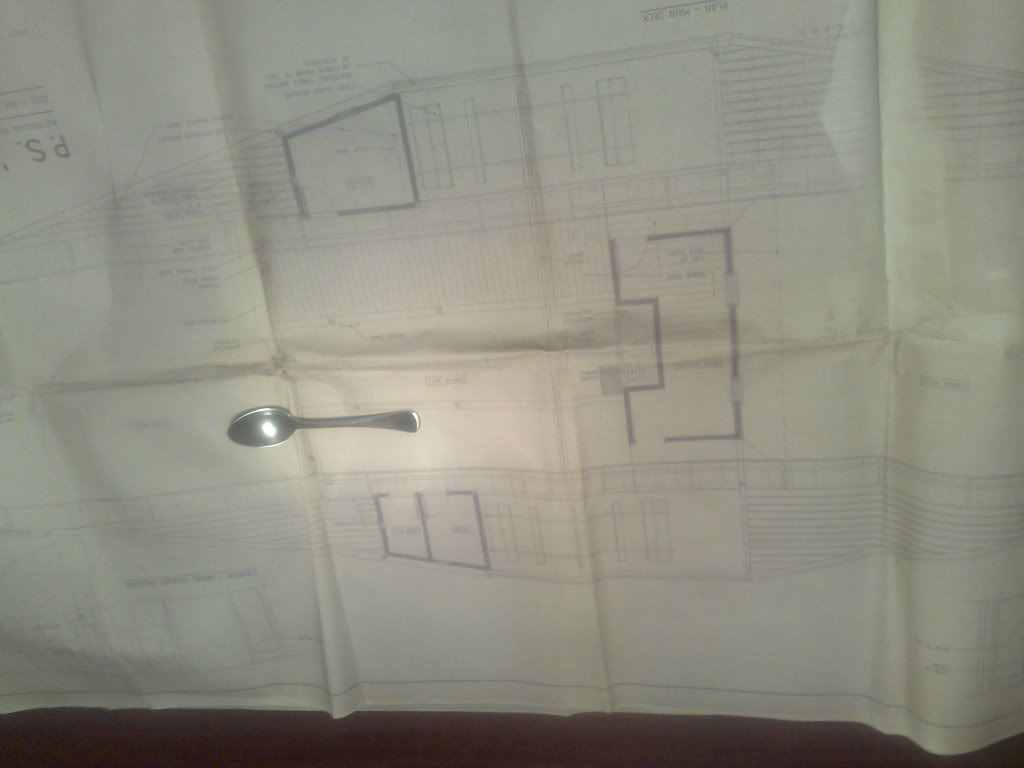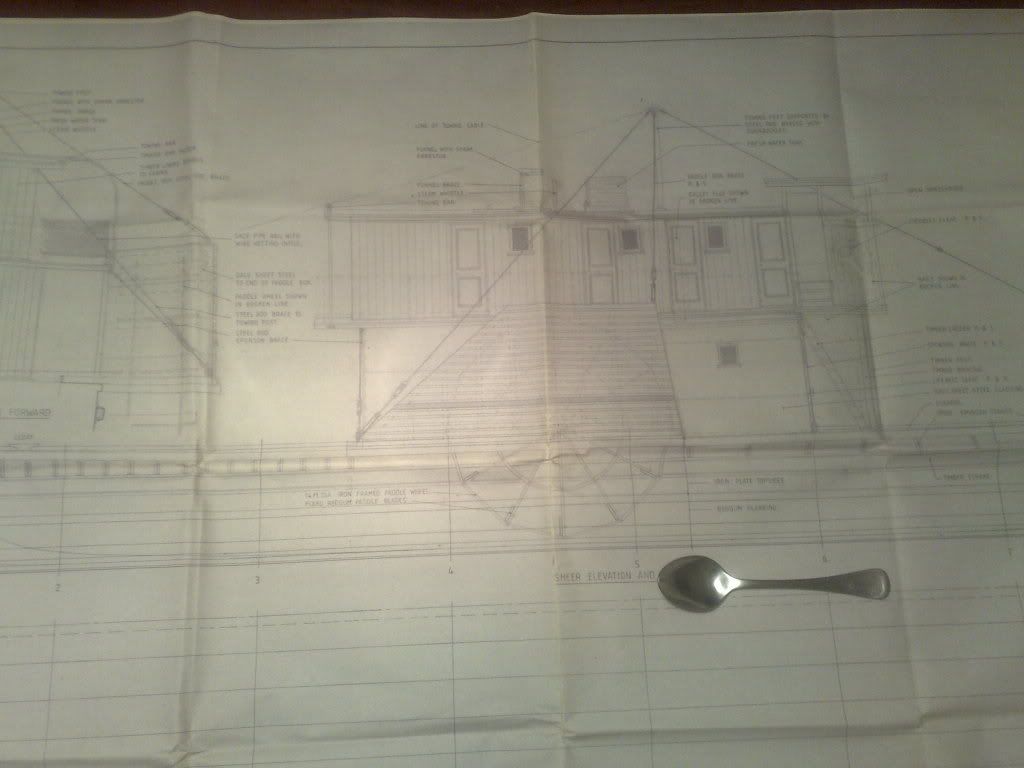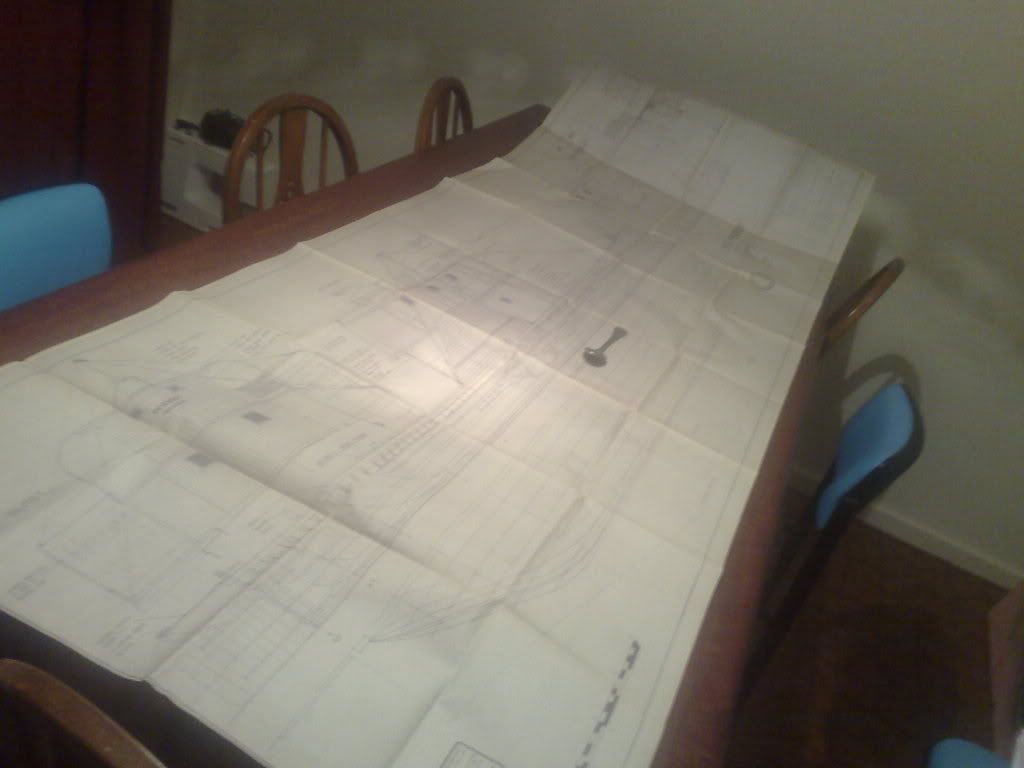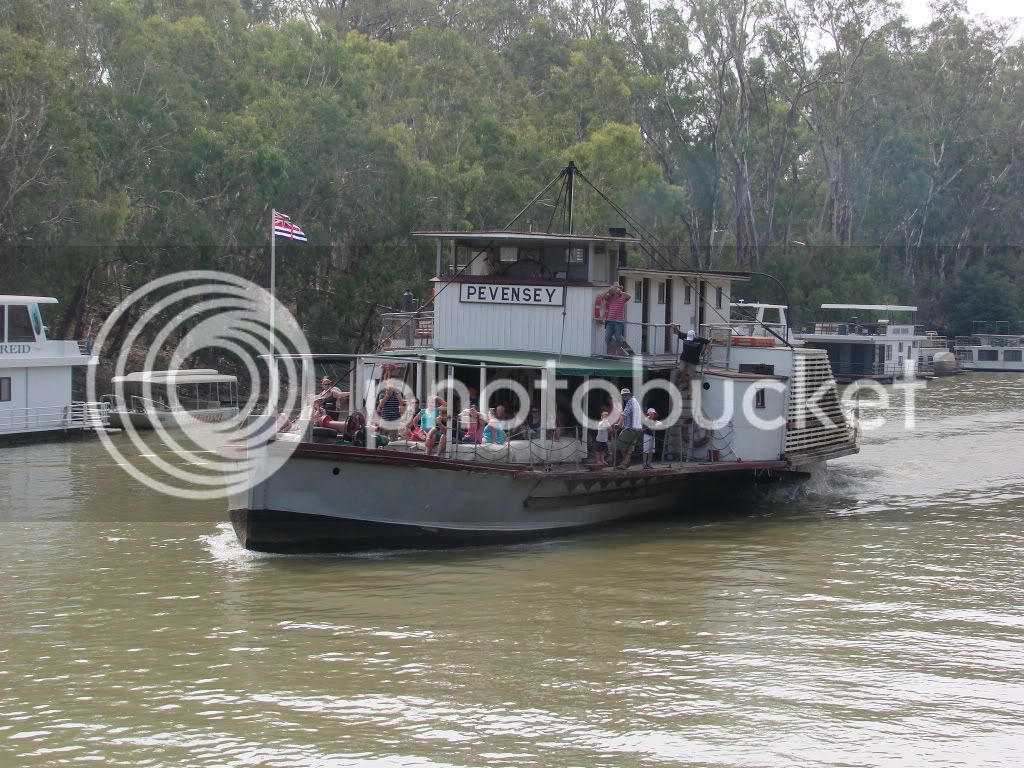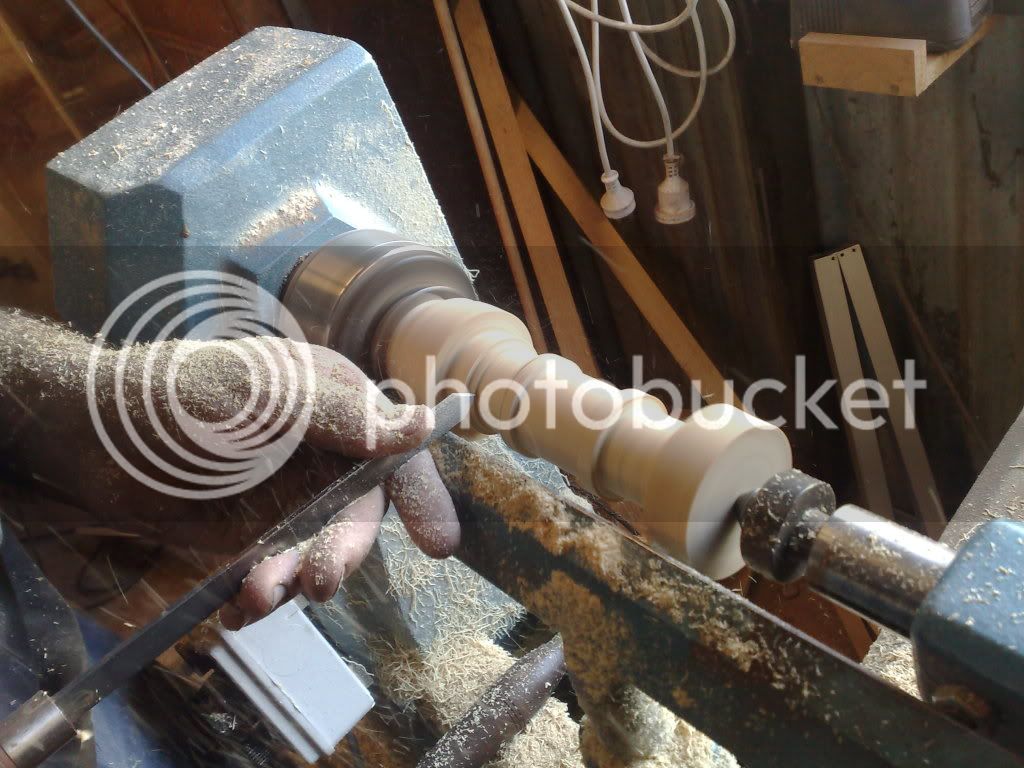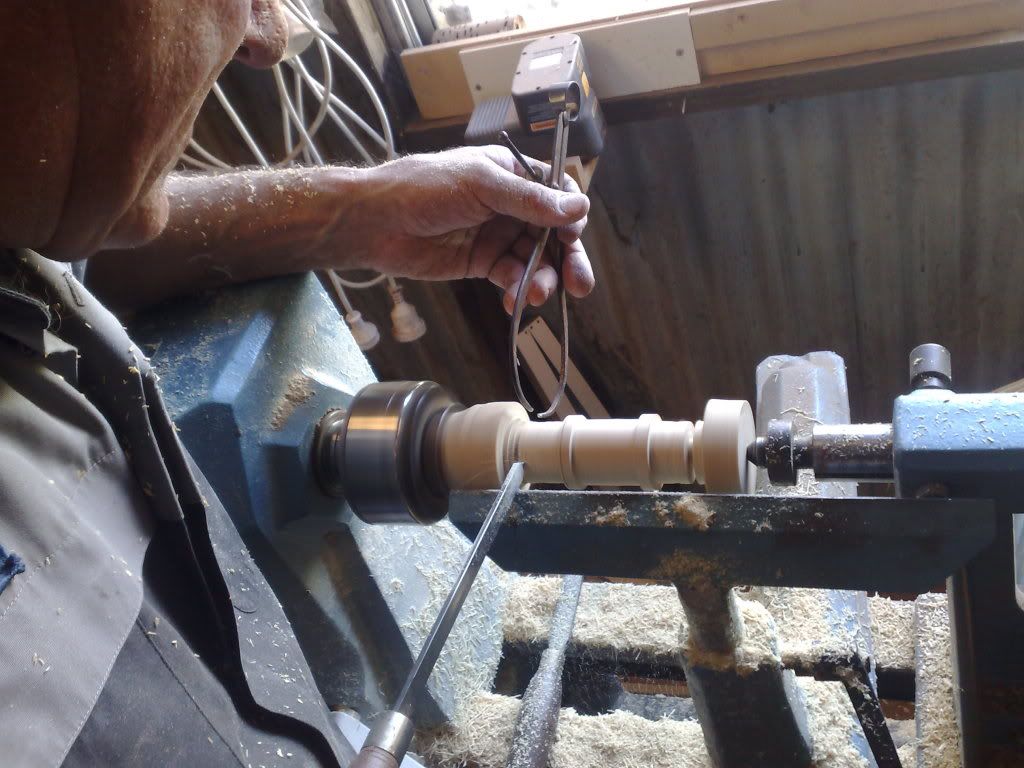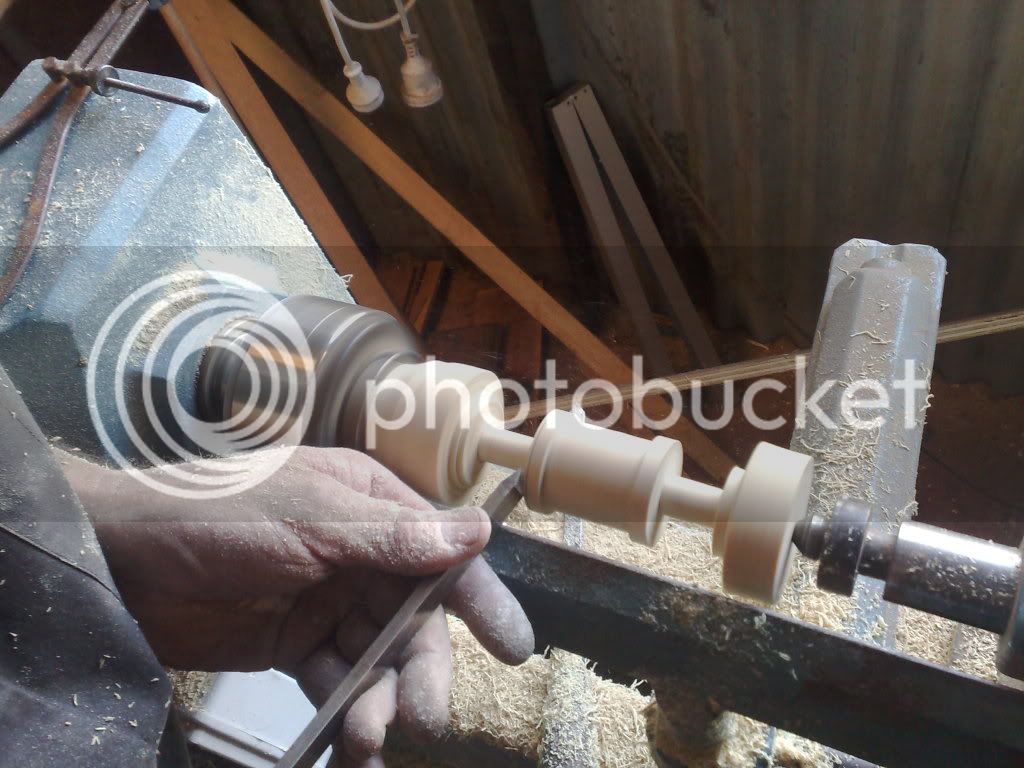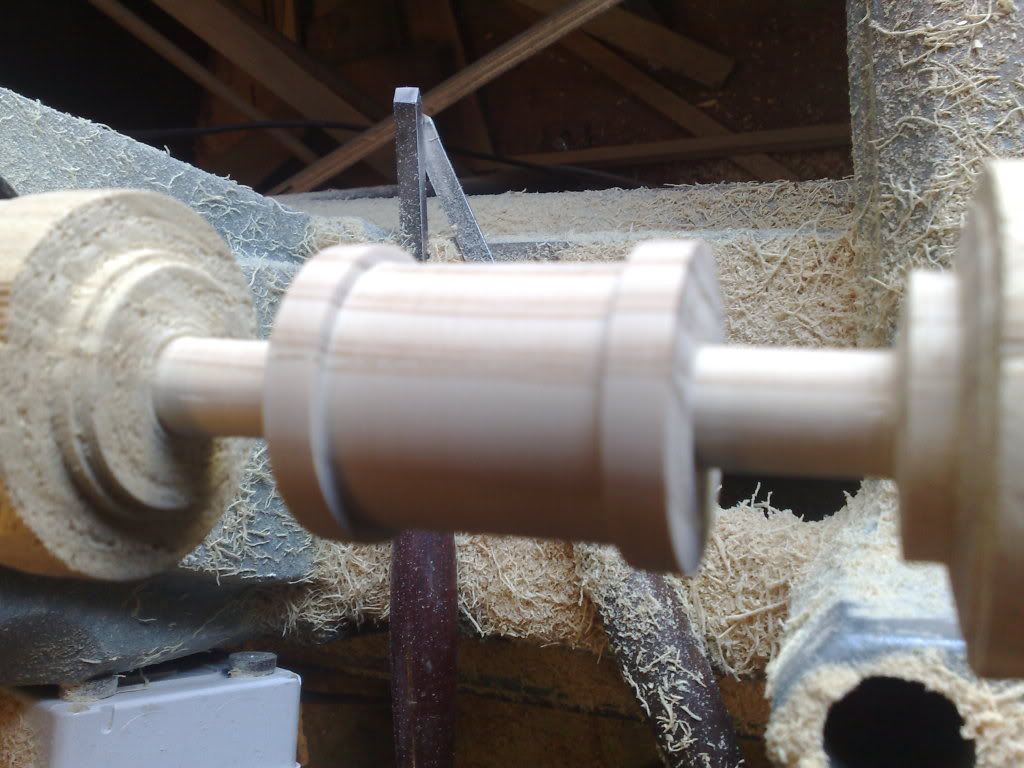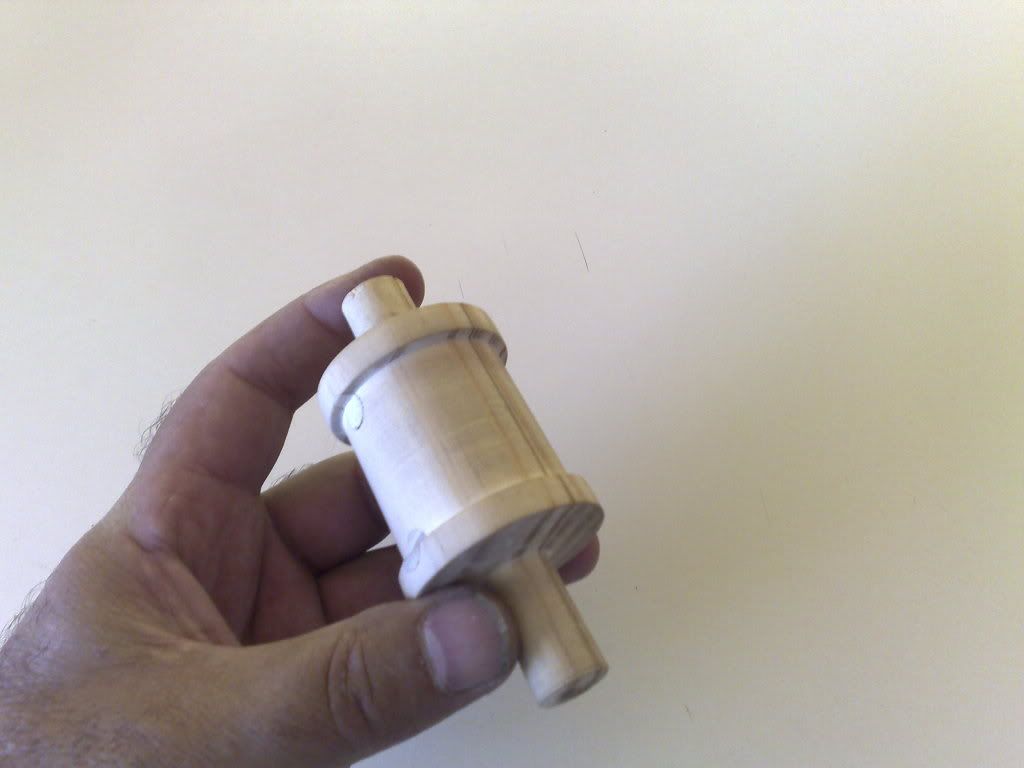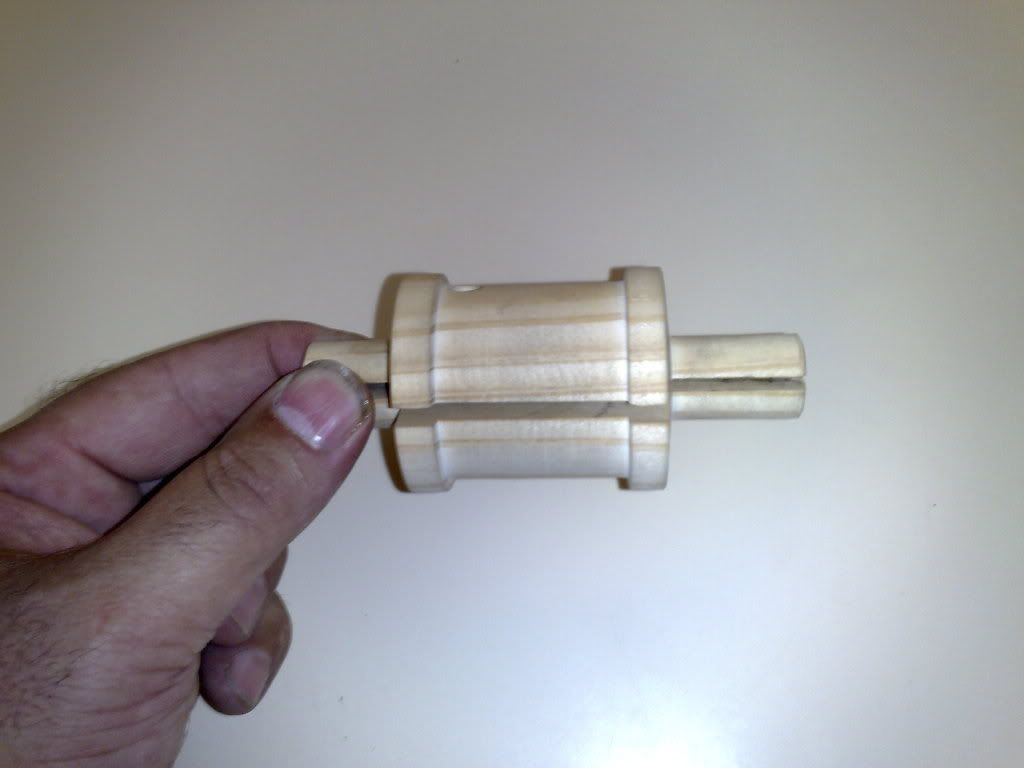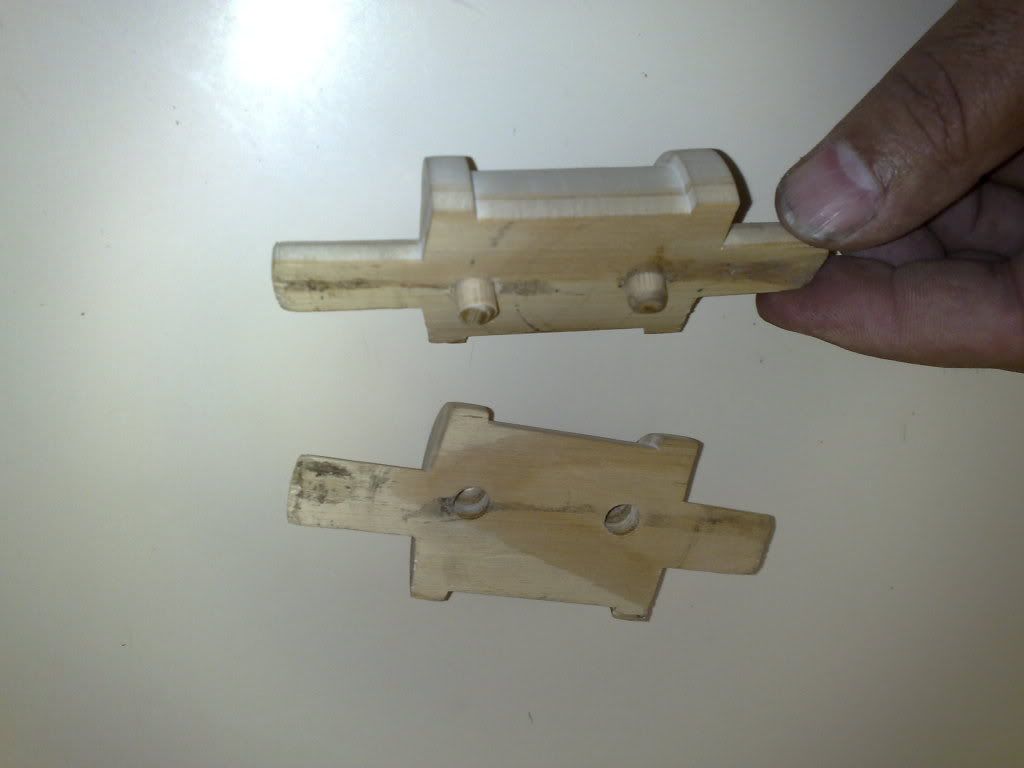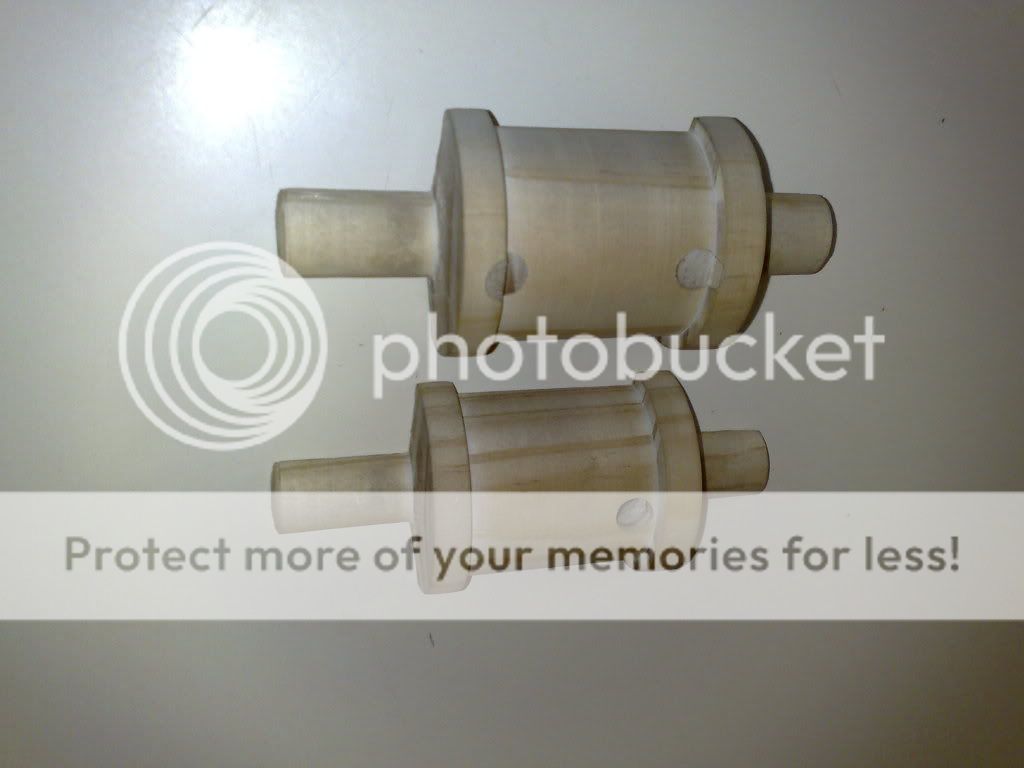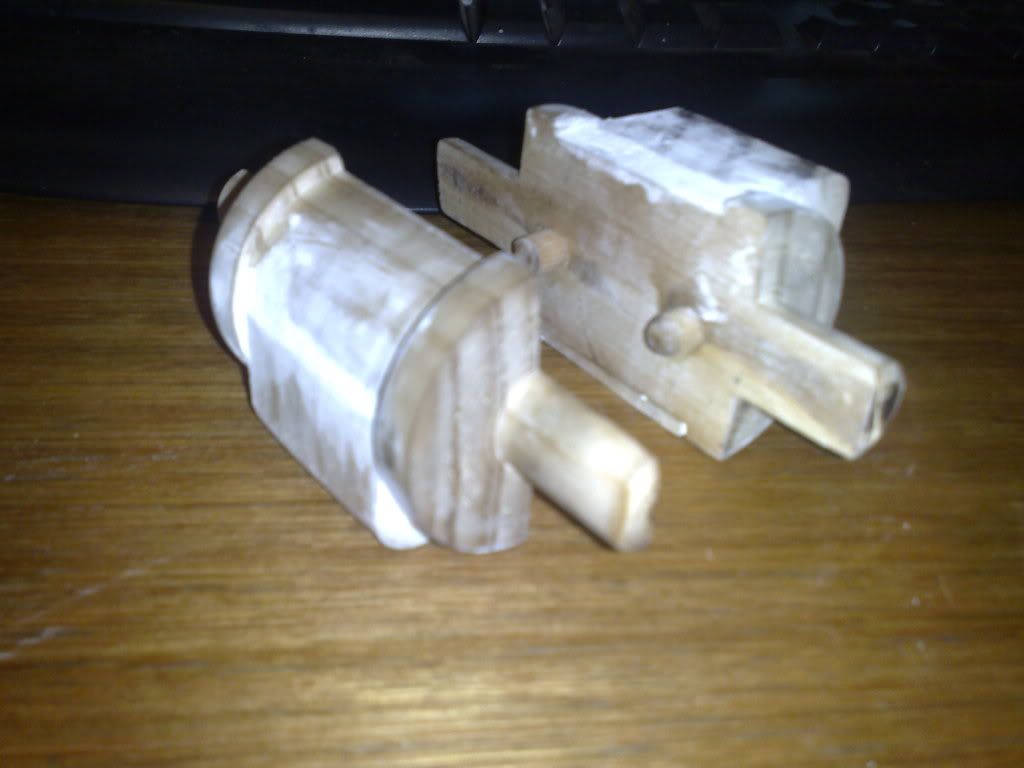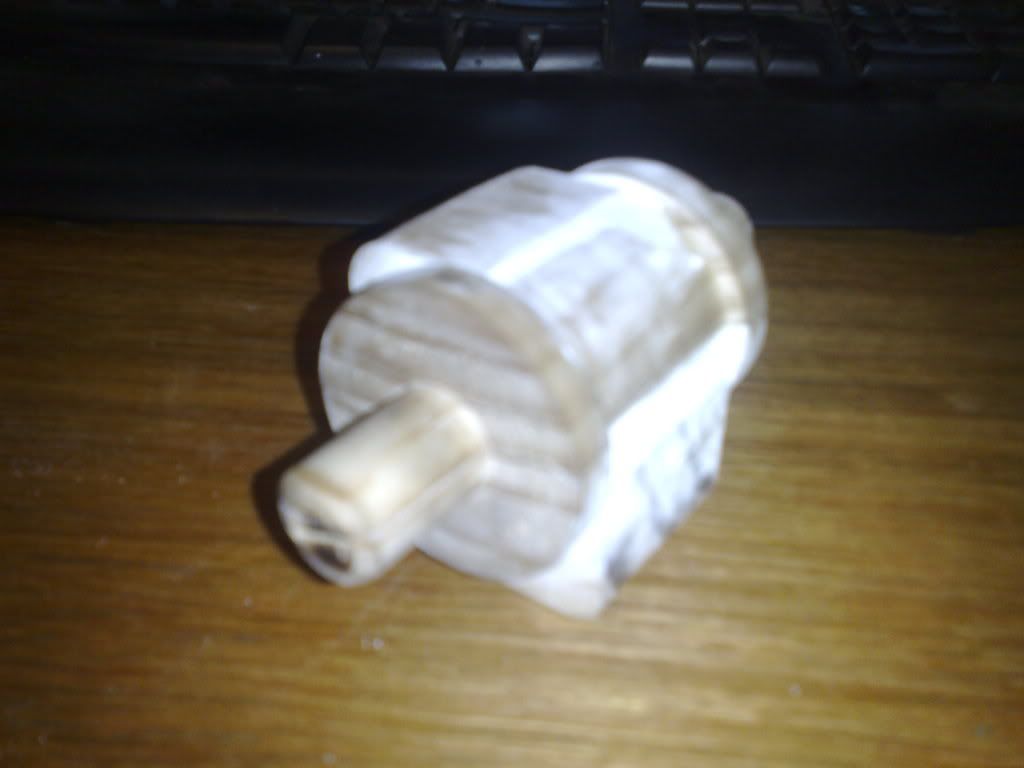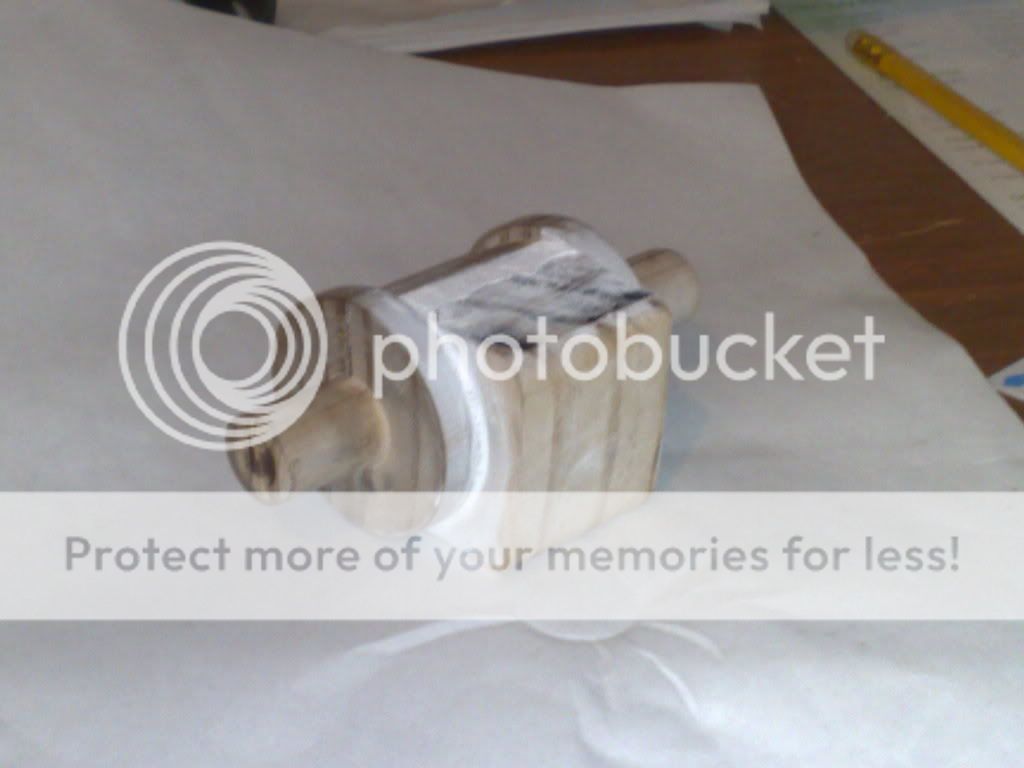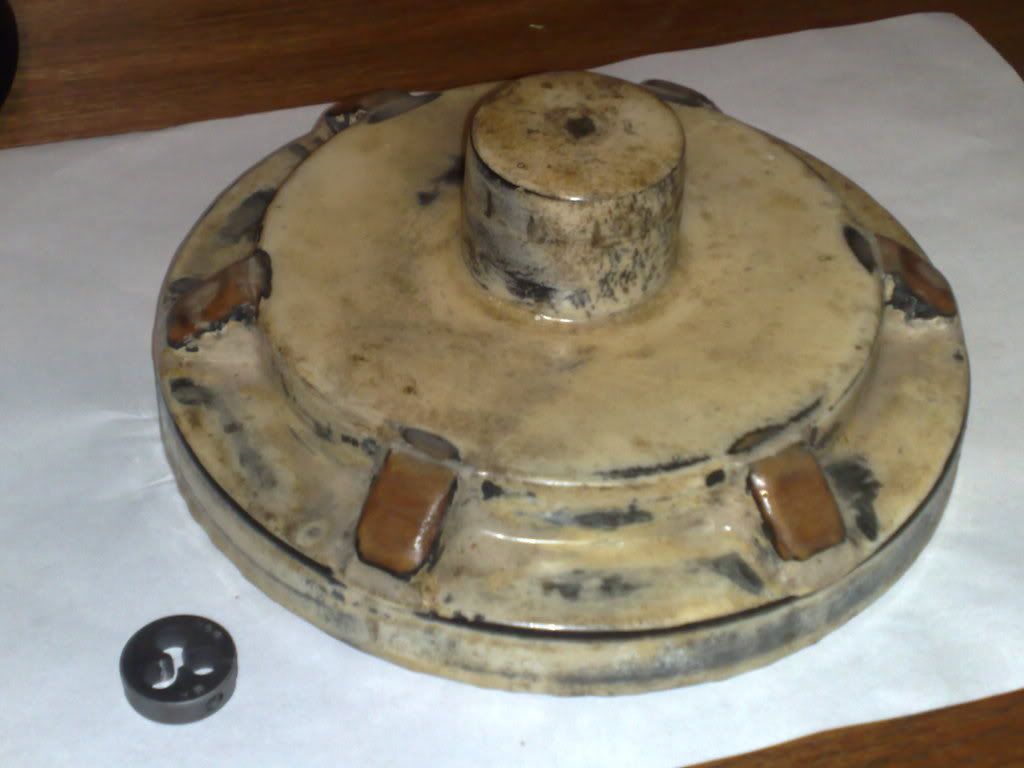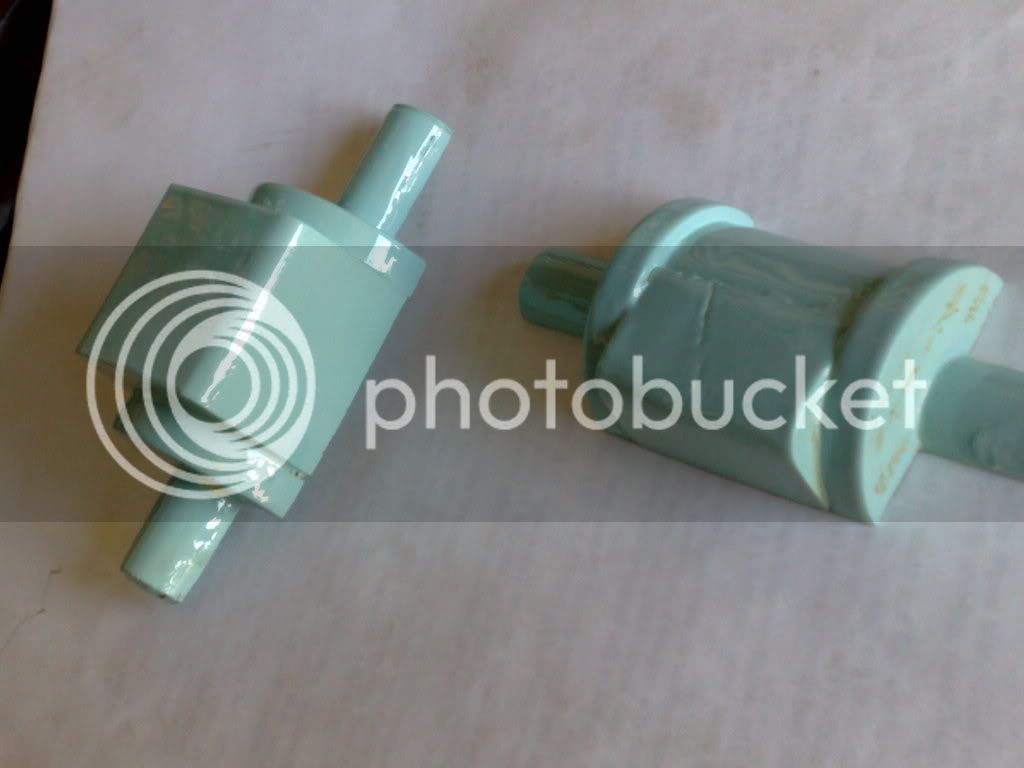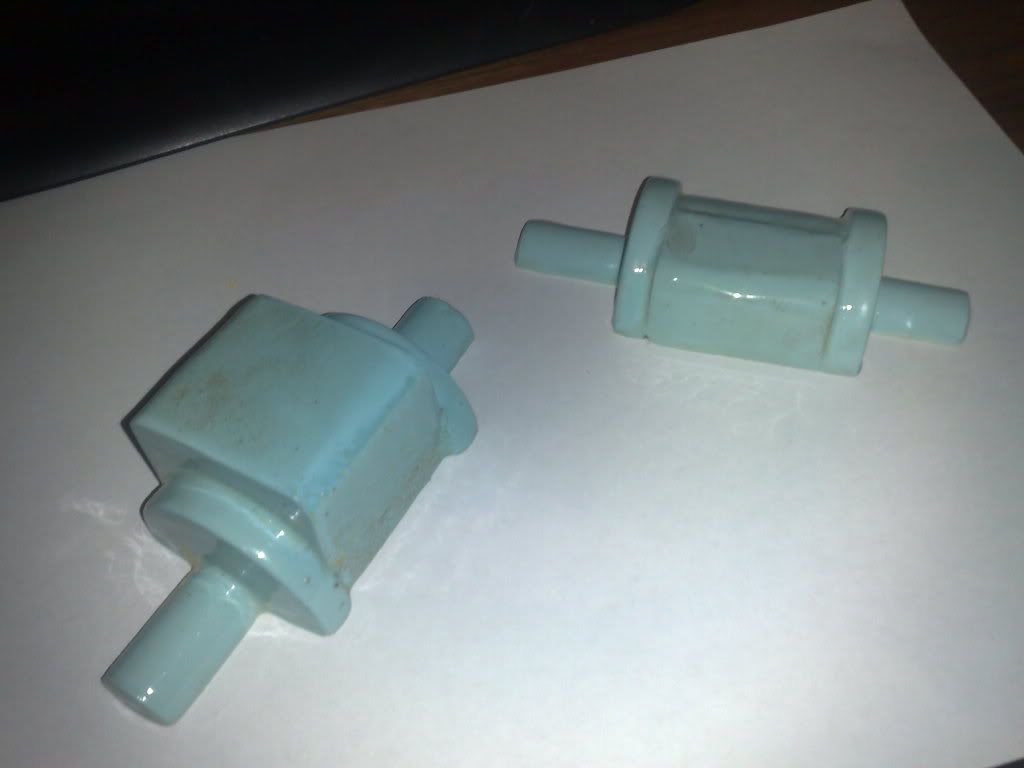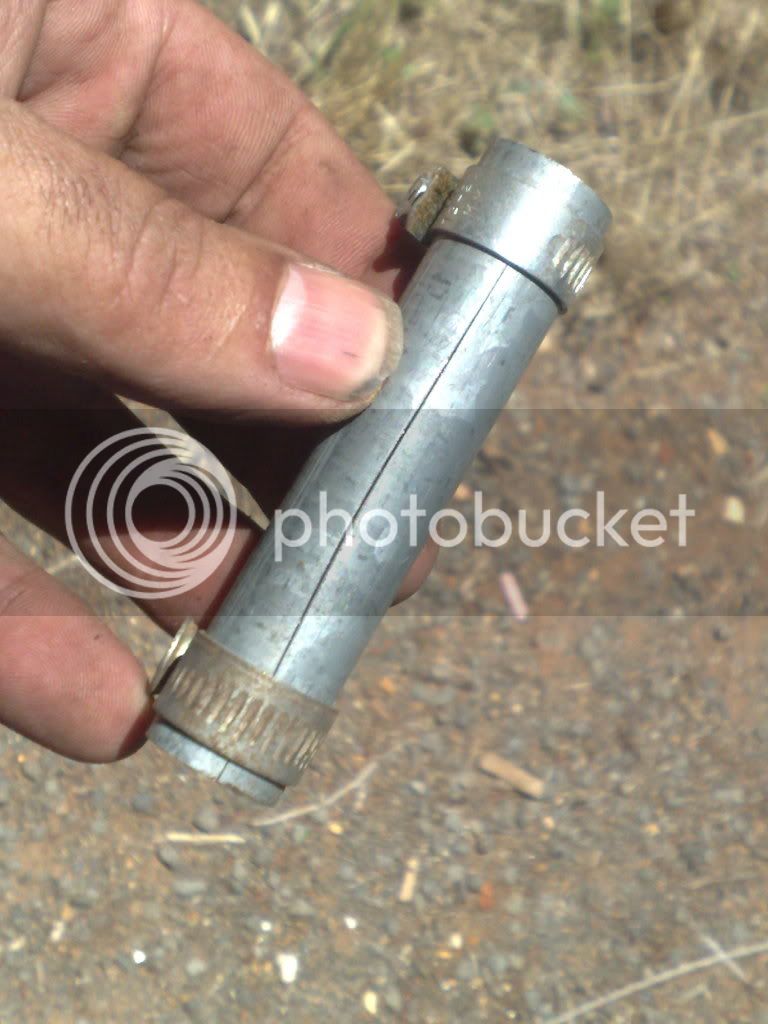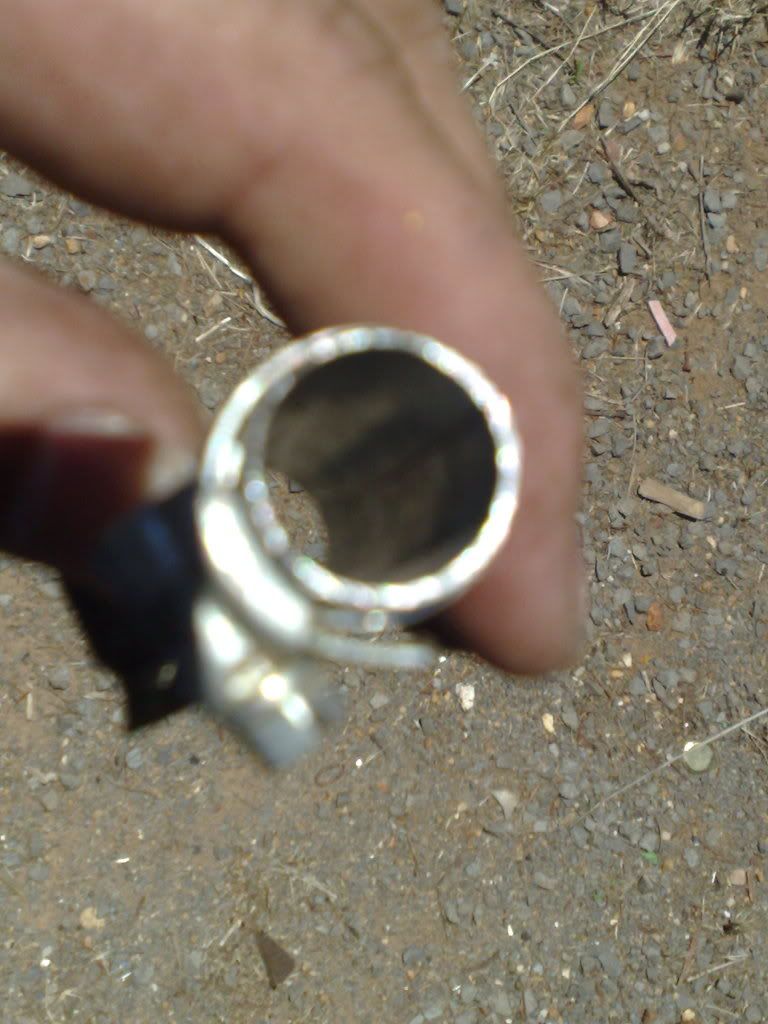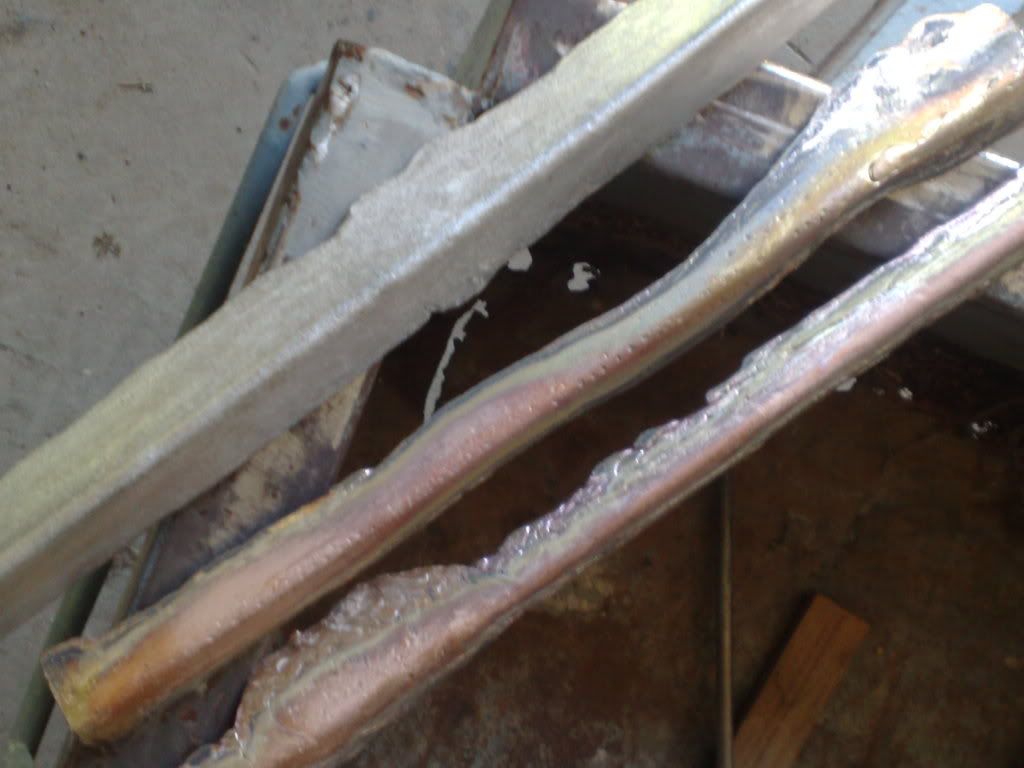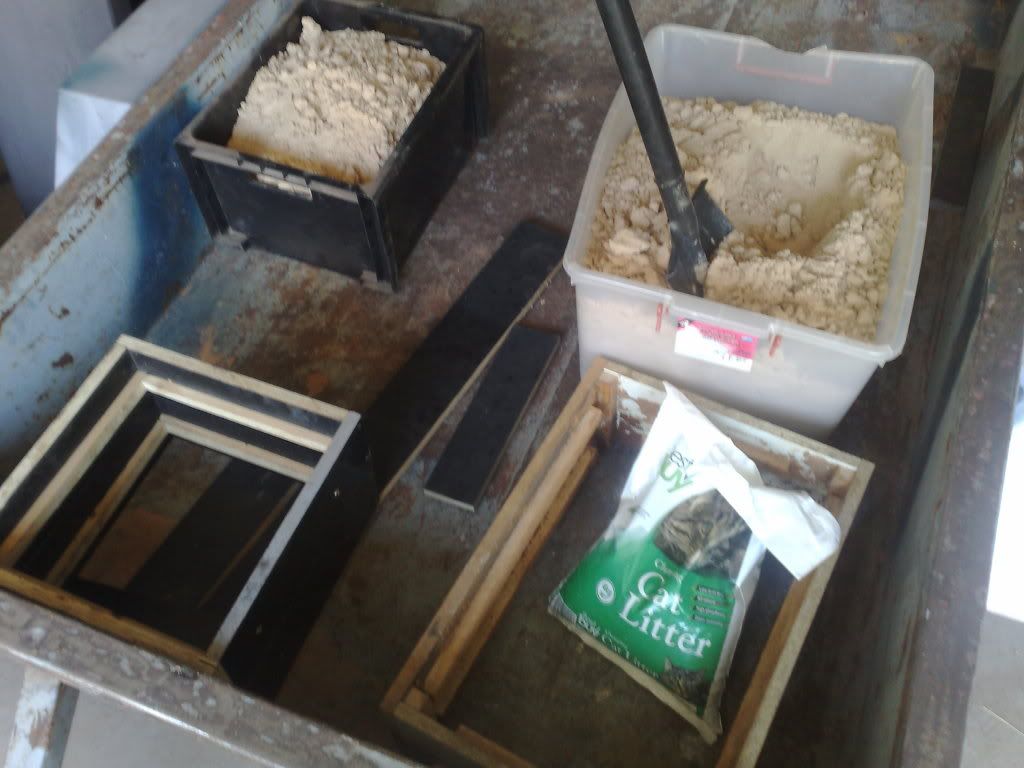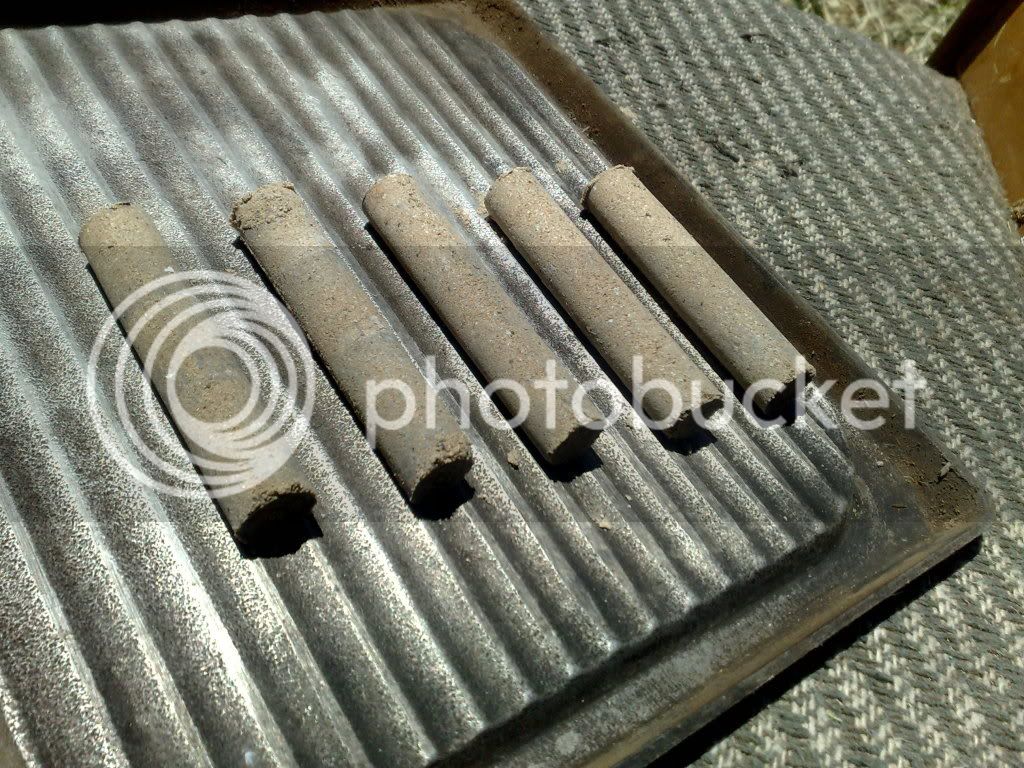I bit of tidying up before I begin. Casting brass takes a little more heat than casting aluminium (correct spelling ;D) and as this old beast was a coke fired foundry I thought it better have a new lease on life as a propane fired model for this project.
Several reasons, better heat control (and more available) cleaner, quieter, more convenient and much more socially acceptable.... and I was out of coke and my local retailer isnt going to stock it anymore...bummer... a 22 years tradition stops...just like that.... :-
So I made up a burner for the propane (a design by a guy called Reil, look up reil burner if you want to go into it further) and fiddled a bit with it.... wow.... strangely it wasnt so impressive during testing on the bench but when installed in the foundry my god didnt it roar....
To test it I cast up a couple of ingots... more stock... only have about 50kgs of 6061 already..... :

It
is hotter than the coke, BUT it takes a little longer to get up to heat... I have a couple of thoughts on that and its more focussed on the foundry design than the burner... more on that later...
With the coke you had to open up and top it off with fuel as it burnt down, so you would light it up, stack it... burn it down and pack it again then add the crucible.... this had to happen at least once per pour...no more... much more convenient and here is the time thing... this intial burn time heated up the foundry...with the gas it can be loaded from cold so it 'seems' to take longer.
Anyway it works ...but... the poor old thing was borrowed by a mate recently and it came back cracked.. not his fault, simply because of the moving about and its old and fairly brittle material. Well with the extra heat available it also melted a little... its time for a new one but not until its done this project....
todays pics..
under way......
Cool down and melted walls at base are evident.... lump in centre is the pedestal that the crucible sits on, as this was a test I got it much hotter than required for this pour...add waste, watch it until its melts than add the material that you want to melt... it collapsed in seconds...it was very hot....
results, ex fire extinguishers.....
So why does the propane take longer?
Note, I didnt time the coke burn time so there is no point timing the propane burn time... but around 12 to 15 minutes from cold to melt
Firstly its simply that you are less busy (adding fuel etc) so it seems to take longer.... it does but it seems worse than it probably is...
The burner is directed at the centre of the pedestal base, it would be much better angled around it to promote a swirling flame front. This feature made the AIR (thats all that was fed into it..) seperate and ensured that alll the coke got its share, times have now changed...
The body cavity of the foundry had to have sufficient size to cater for the fuel AND the crucible... this fuel space is now wasted but must still be heated... the new one will be about 300mm shorter and therefore much more efficient...
Ok...its now ready..whats next..??
Making the plugs for the cylinder and the base plate, that starts tomorrow..... Ill add as I have stuff done...
Artie...





